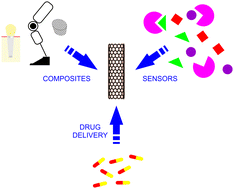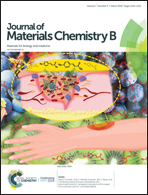Recent advances in the use of carbon nanotubes as smart biomaterials
Abstract
Carbon nanotubes (CNTs) have remarkable mechanical, thermal, electronic, and biological properties due to their particular atomic structure made of graphene sheets that are rolled into cylindrical tubes. Due to their outstanding properties, CNTs have been used in several technological fields. Currently, the most prominent research area of CNTs focuses on biomedical applications, using these materials to produce hybrid biosensors, drug delivery systems, and high performance composites for implants. Although a great number of research studies have already shown the advantages of CNT-based biomedical devices, their clinical use for in vivo application has not been consummated. Concerns related to their toxicity, biosafety, and biodegradation still remain. The effect of CNTs on the human body and the ecosystem is not well established, especially due to the lack of standardization of toxicological tests, which generate contradictions in the results. CNTs’ toxicity must be clarified to enable the medical use of these exceptional materials in the near future. In this review, we summarize recent advances in developing biosensors, drug delivery systems, and implants using CNTs as smart biomaterials to identify pathogens, load/deliver drugs and enhance the mechanical and antimicrobial performance of implants.

- This article is part of the themed collections: Celebrating Latin American Talent in Chemistry and Materials and Nano Research in Brazil


 Please wait while we load your content...
Please wait while we load your content...